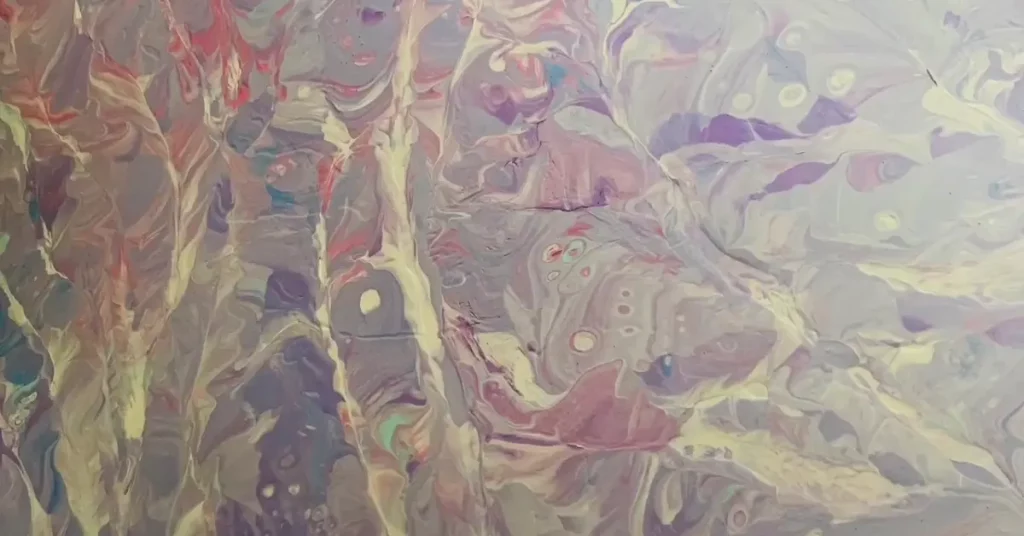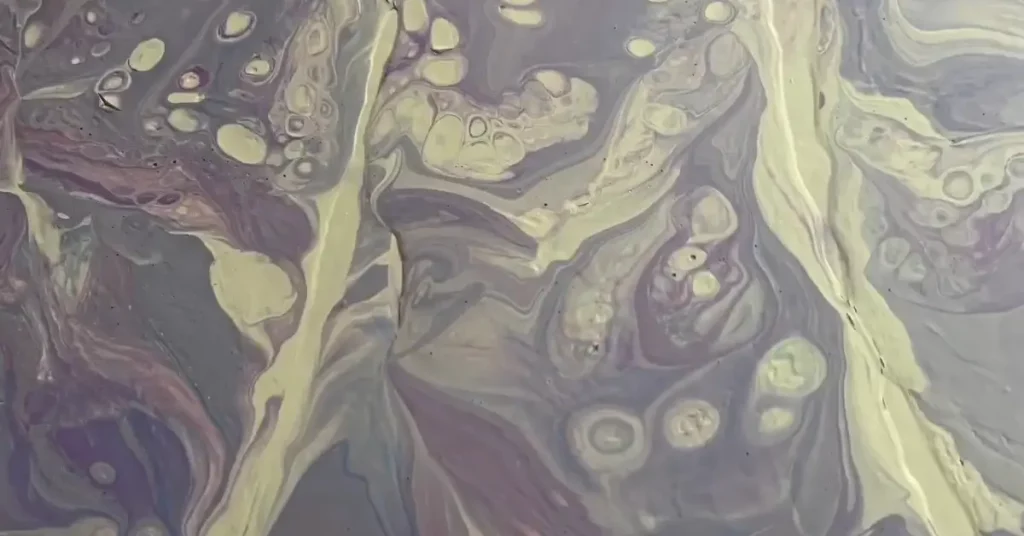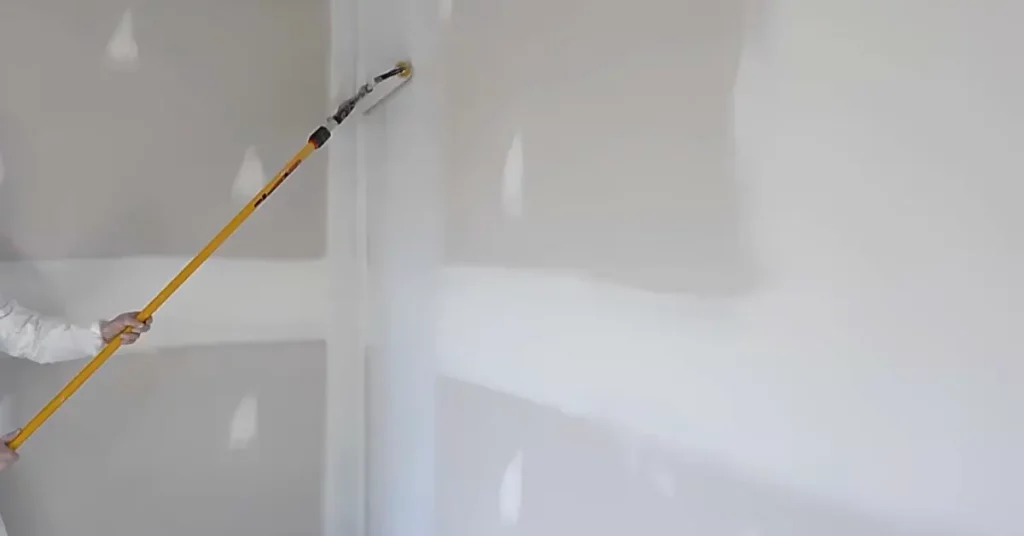It’s always exciting when it’s time to paint a room. But did you know that the type of wall surface you plan to paint can determine what kind of paint is best for the job?
While some paints are suitable for all surfaces, such as latex, other types of paints are specifically designed for certain surfaces. Drywall is a porous material that absorbs the paint, making it easy to work with. However, you may already have an idea of what kind of paint you want to use and are unsure.
So, a very valid question can come to your mind, can you use acrylic paint on drywall? In this blog post, we will provide the answer and also discuss answers to relevant questions for a successful painting project of drywalls.

Is it possible to use acrylic paint on drywall?
The answer is yes. Acrylic paint can be used on drywall as long as it is properly prepared first. To prepare your drywall surface, you will want to make sure that the walls are clean and free from dust or debris, which could affect the adhesion of the paint when applied. You can also use acrylic paint on the slate.
Also, any cracks or holes should be filled with spackle or joint compound before painting. Once these steps have been taken, your drywall will be ready to take on acrylic paint.
Pros of Using Acrylic Paint on Drywall
Using acrylic paint on drywall has many pros that should be taken into consideration before making your decision.

1. Fast Drying Time:
One of the biggest pluses is its quick drying time, usually within 30 minutes. This saves a significant amount of time when compared to other types of paints, and projects can be completed in hours rather than days. This drying time is particularly beneficial if you need to finish your project quickly.
2. Low levels of VOCs:
Acrylic paint is a great choice when painting drywall at home as it has low levels of VOCs – volatile organic compounds. VOCs are chemicals that can be released into the air as the paint dries, with some potential to cause long-term health problems.
Low-VOC acrylic paint can provide an environmentally friendly approach to decorating your walls while still maintaining professional results. The low-odor and easy cleanup properties add to the appeal of this versatile product and make it ideal for painting drywall.
3. Affordable:
Acrylic paint on drywall is a great option for those looking for an affordable painting solution. Many different types of paints can be used on drywall, but the fact that acrylic paint is so much more economical than these makes it an attractive choice.
It also means that you won’t have to break the bank when it comes time for you to redecorate your home with some fresh new color.
4. Adherence:
It adheres well to the surface. This makes it easy to create an even coat without having to worry about any unevenness or drips.
5. Durability:
Another benefit of using acrylic paint on drywall is its durability. It’s designed to last for several years without fading or cracking, so you don’t have to worry about having to repaint your walls within a few months or years.
Does Acrylic Paint Peel off Drywalls Over Time?
Unfortunately, for many homeowners, the answer is yes. Due to its thin consistency and fast-drying nature, acrylic paint does not offer the same protection as other more durable paints, such as vinyl or oil. Over time, it can crack and flake off of a drywall’s surface, leaving unsightly patches of unpainted areas visible.
To get around this issue, many people choose to apply an undercoat before painting with acrylics to help create a protective barrier between the two materials. Additionally, making sure the walls are sanded down and well-prepared prior to painting will also avoid peeling issues.
Do I Need a Primer While Using Acrylic Paint on Drywall?
When using acrylic paint on drywall, a primer is typically recommended for optimal quality. Priming helps provide a better base layer for the paint to adhere to and can give your overall project an improved finish. Applying the primer is usually done with a paint roller, starting from the top and working your way down.

Once complete, it’s important to allow the primer coat to dry properly before adding a base color of paint. Without priming, you may experience difficulty getting an even coat of color or find that the finished product has chips or peeling over time due to a lack of adhesion between the wall and paint.
That’s why creating a proper foundation with primer is always recommended if you want your acrylic paint project to look its best.
Conclusion:
As with all painting projects, preparation is key when using acrylic paints on drywall surfaces. Make sure that any holes or cracks have been filled in prior to painting and that the walls are thoroughly cleaned so that dirt or dust does not interfere with adhesion when applying your chosen color.
With proper preparation and care during the application, acrylic paints can provide vibrant colors and long-lasting results when used on drywall surfaces. Whether you’re a professional painter or DIYer looking to brighten up your space, acrylic paint offers a cost-effective solution.

S. Pushon is a paint expert, self-taught artist, and currently working as an adviser in the paint industry as a Quality Improvement and Development Assistant.
An artist by heart, he draws remarkable art pieces and as a professional paint industry individual, he seeks the insight and shares with enthusiasts. Read more…

